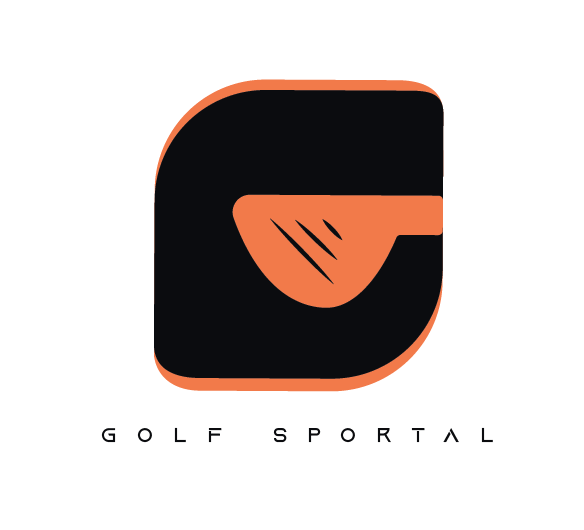How to Pick the Perfect Golf Ball: From Beginner to Pro
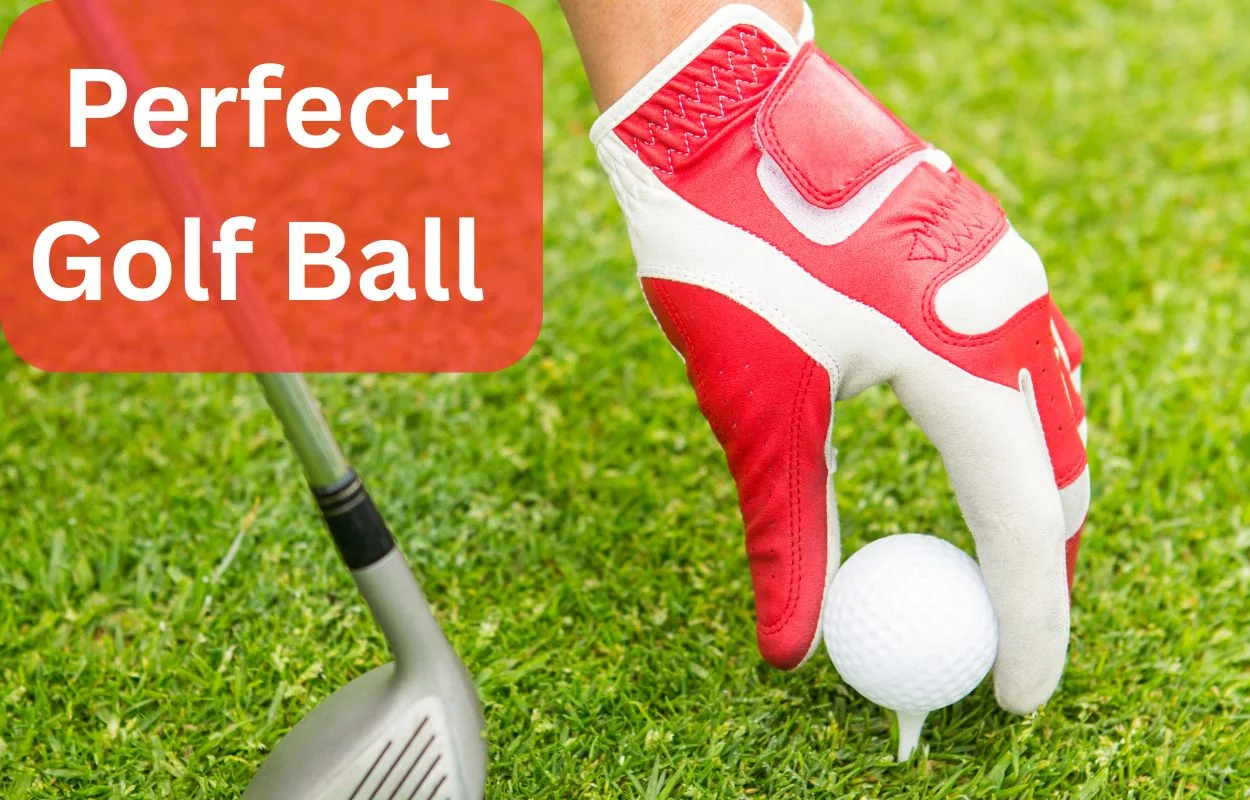
Many golfers spend thousands upgrading clubs, shoes, and gear but overlook the one piece of equipment used on every single shot: the golf ball. Whether you’re a beginner just learning to make consistent contact or a seasoned player chasing lower scores, the right golf ball can completely transform your game. It affects distance, spin, feel, and control and matching your ball to your swing style can add 10–20 yards to your drives or help you stop a wedge perfectly on the green. In this guide, we’ll break down how to choose the perfect golf ball from core types and compression to spin performance so you can play smarter, not harder.
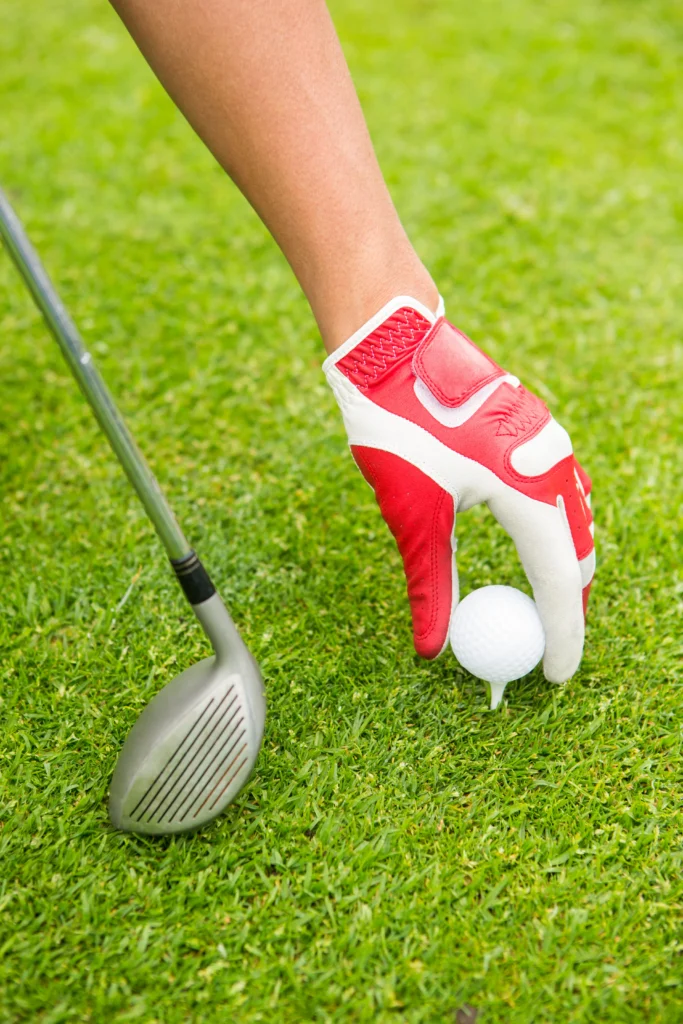
Understanding the Anatomy of a Golf Ball
Before buying, it helps to understand what’s inside that small white sphere. A golf ball isn’t just rubber and dimples it’s a piece of engineering.
The Core
The core is the engine of the golf ball.
- Soft cores generate less spin and more distance, ideal for beginners or slower swing speeds.
- Firm cores create higher spin and better control, preferred by advanced players.
The Cover
The outer layer affects feel and spin.
- Surlyn covers are durable and deliver more distance with less spin, perfect for recreational players.
- Urethane covers offer softer feel and maximum spin control, great for experienced golfers.
The Dimples
Dimples aren’t just for looks they optimize aerodynamics. A typical golf ball has 300–400 dimples that reduce air drag and stabilize flight.
Types of Golf Balls (and Which Is Right for You)
Different golfers need different performance characteristics. Here’s how to match your ball type with your skill level:
1. Two-Piece Golf Balls — Best for Beginners
These are made with a large core and durable cover.
Benefits: Maximum distance, affordable, and long-lasting.
Examples: Titleist Velocity, Callaway Warbird, Bridgestone e6.
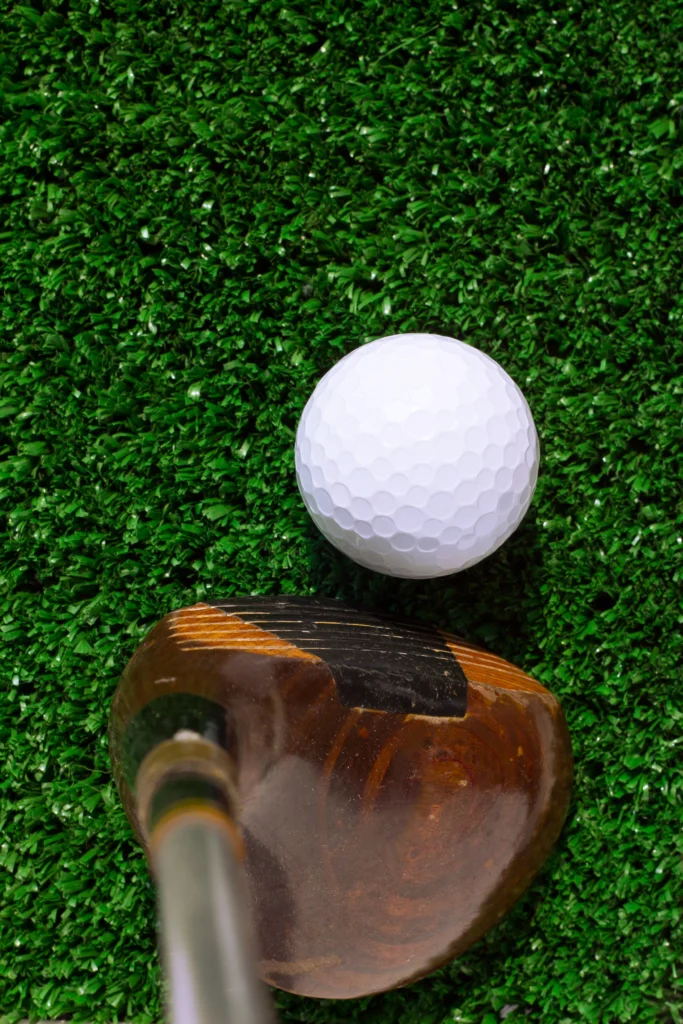
2. Three-Piece Golf Balls — Great for Intermediate Players
A middle layer adds better spin control and feel.
Benefits: Balanced performance — longer drives with more greenside control.
Examples: TaylorMade Tour Response, Srixon Q-Star Tour.
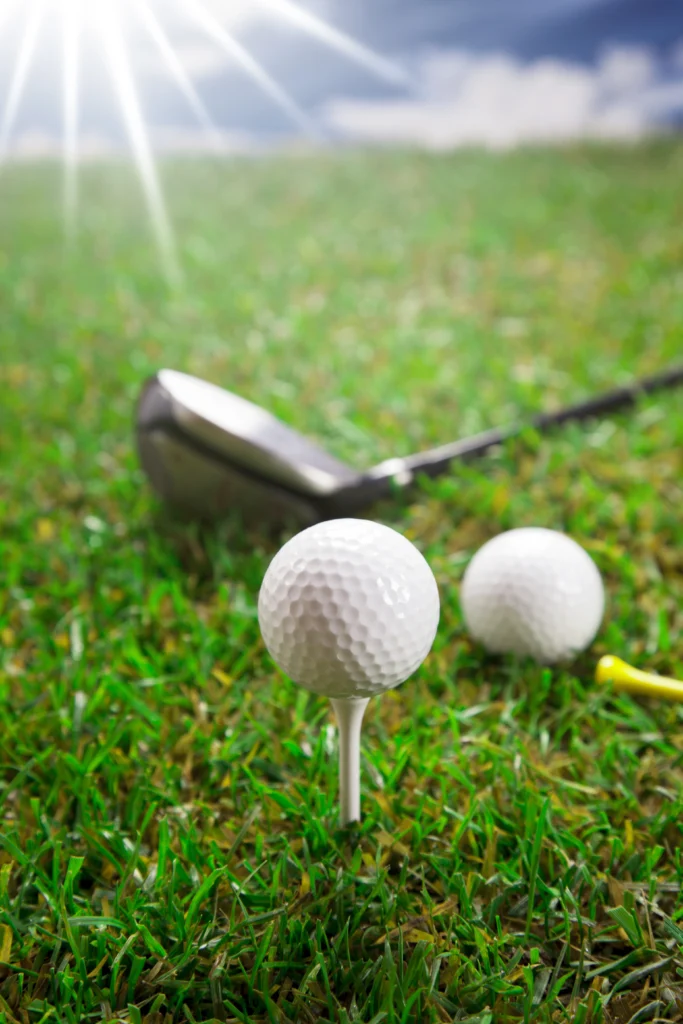
3. Multi-Layer (4-5 Piece) Golf Balls — For Professionals
These balls fine-tune performance across clubs.
Benefits: Maximum spin control, tour-level accuracy, and premium feel.
Examples: Titleist Pro V1/V1x, TaylorMade TP5, Callaway Chrome Soft X.
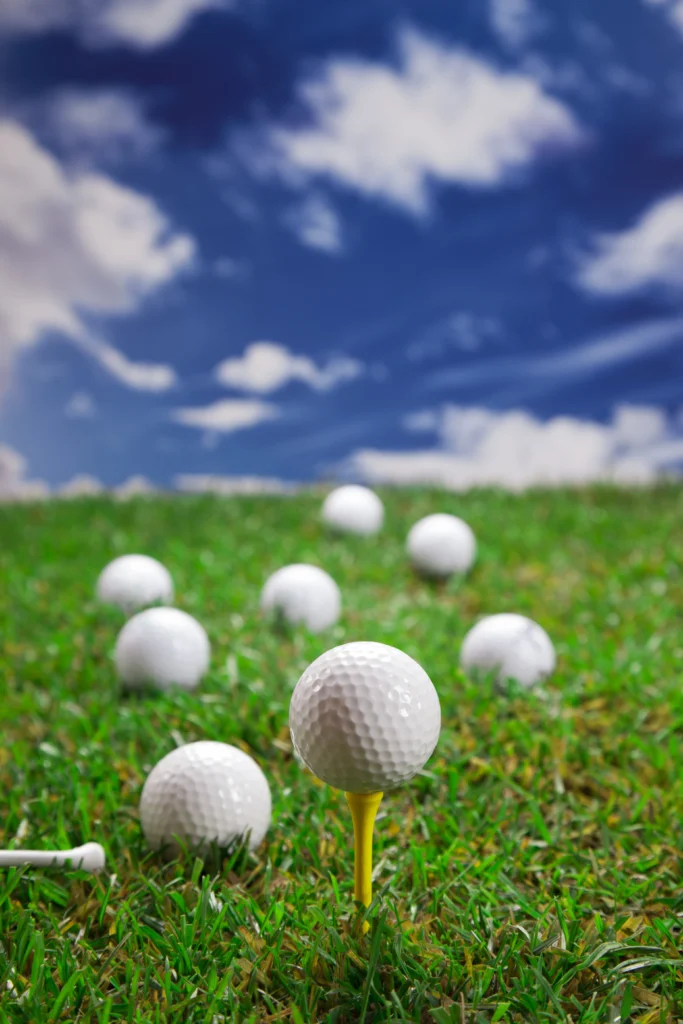
Golf Ball Compression: Matching Power to Swing Speed
Compression measures how tightly the ball compresses at impact affecting both distance and feel.
| Swing Speed | Recommended Compression | Ideal For |
|---|---|---|
| Below 85 mph | 50–70 (Low Compression) | Beginners, seniors, slower swings |
| 85–100 mph | 70–90 (Medium Compression) | Average golfers |
| Above 100 mph | 90–110 (High Compression) | Professionals, power hitters |
Tip: If your drives feel “hard” or too low, switch to a lower compression golf ball.
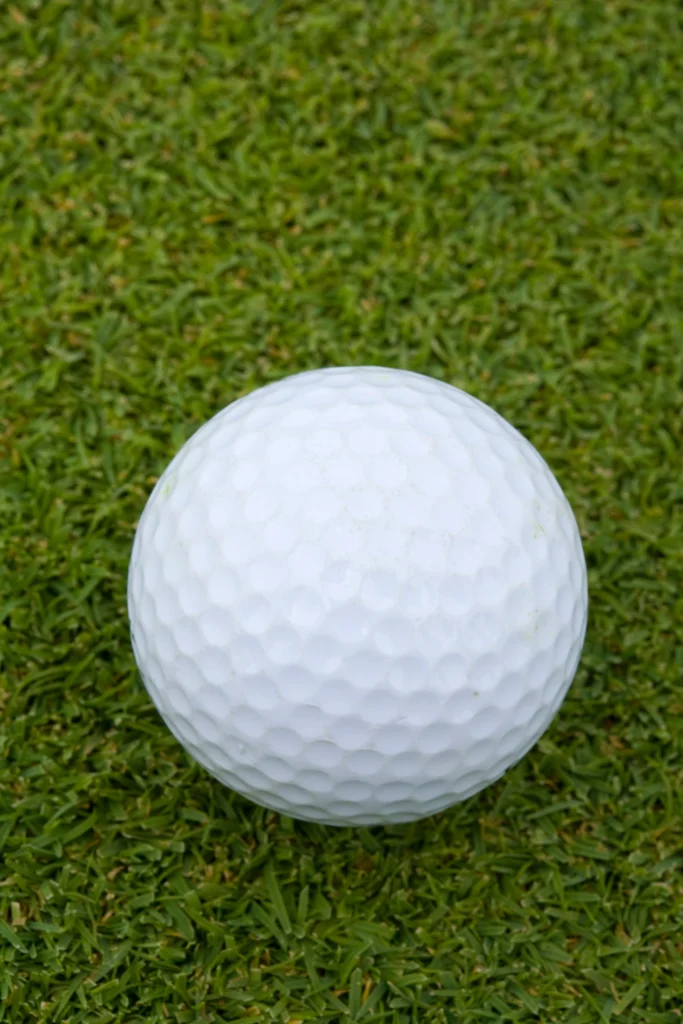
Spin Control: The Secret to Better Accuracy
Golf balls come in low-, mid, and high-spin designs. Choosing the right one helps you manage your shot shape and trajectory.
- Low Spin Balls: Reduce sidespin and increase distance; great for slicing or hooking players.
- Mid Spin Balls: Balanced performance good for most golfers.
- High Spin Balls: Offer greater greenside control; best for advanced players.
How Course Conditions Affect Your Golf Ball Choice
Not all golf balls perform the same everywhere. Adjust your choice based on course and weather:
- Windy Courses: Choose low-spin, aerodynamic models for stable flight.
- Wet or Soft Courses: Go for high-spin balls to stop quickly on soft greens.
- Hot Climates: Slightly firmer balls perform better in heat (softer ones can feel too mushy).
Best Golf Balls in 2025 (Editor’s Picks)
Here are some top-rated golf balls that dominate 2025:
1. Titleist Pro V1 (Best Overall)
The gold standard consistent, soft feel, and unmatched spin control. Perfect for pros and competitive golfers.
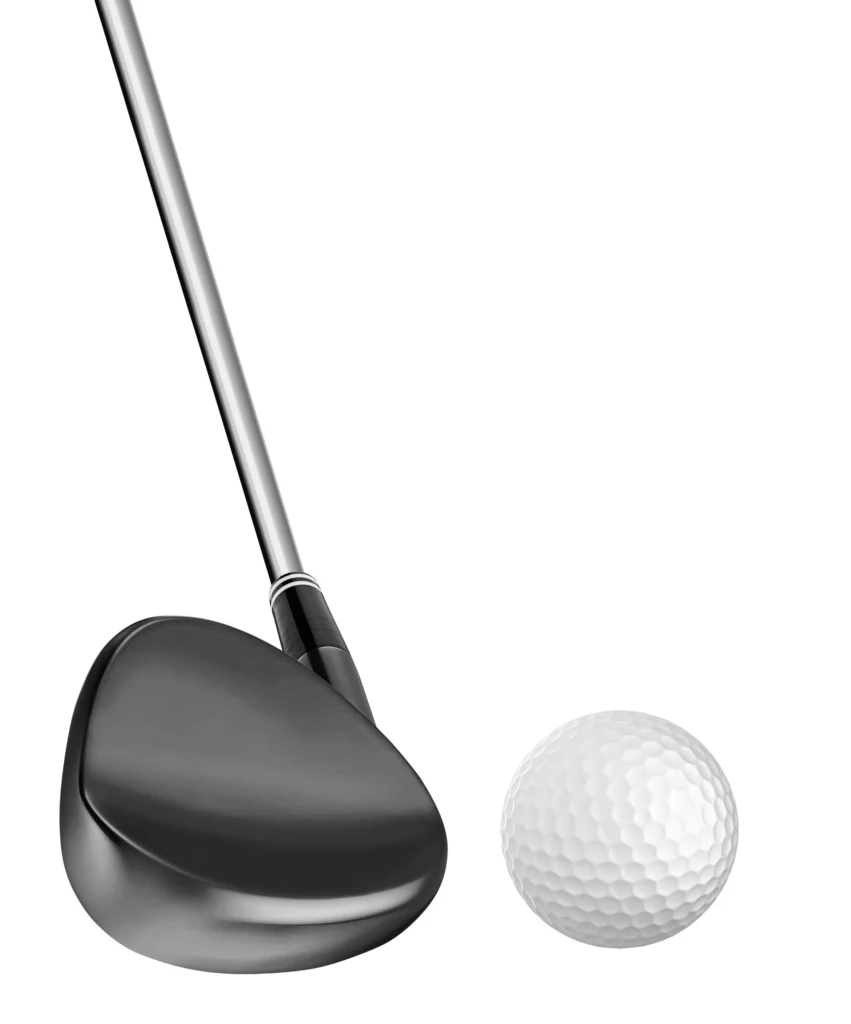
2. Callaway Chrome Soft (Best for All Skill Levels)
A three-piece construction offering distance and control with a buttery soft feel. Great for intermediates.
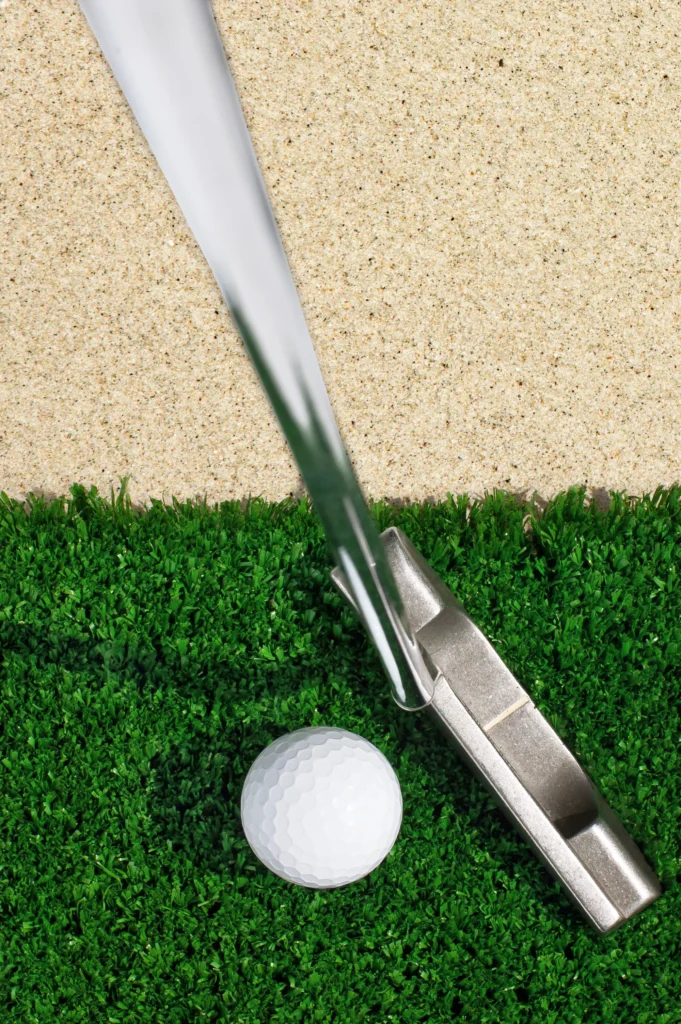
3. Bridgestone e12 Contact (Best for Straight Shots)
Innovative dimple pattern reduces sidespin for straighter drives, ideal for slicers.
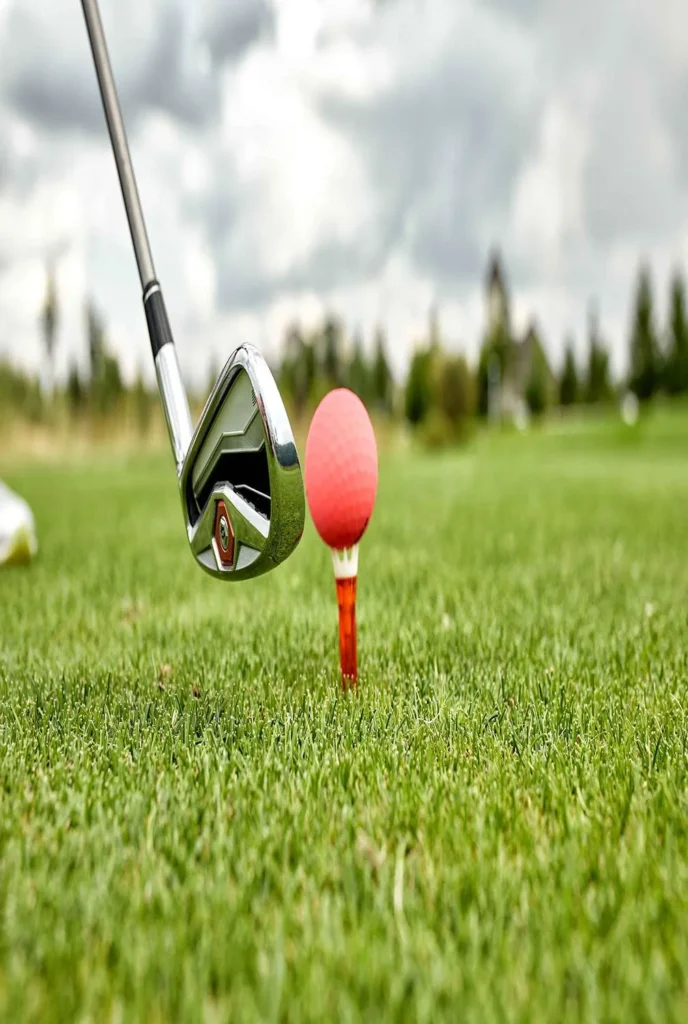
4. TaylorMade Distance+ (Best for Beginners)
Low compression, maximum carry distance, and great durability all at an affordable price.

5. Srixon Q-Star Tour Divide (Most Innovative)
Two-tone color design helps visualize spin and roll. Great teaching tool for improving consistency.
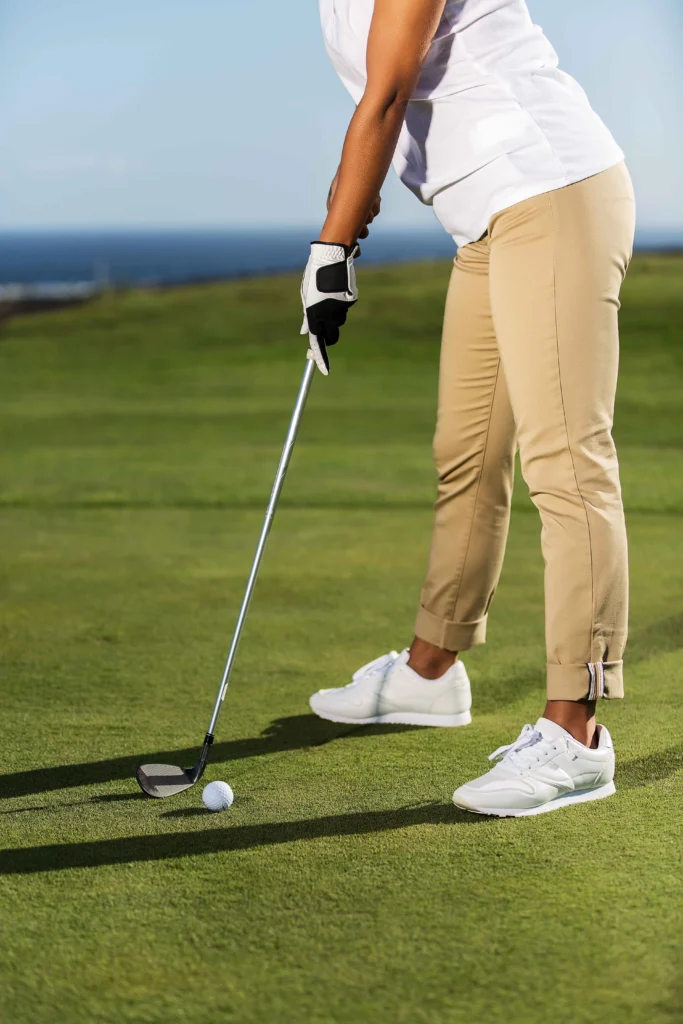
Pro Tips: How to Test and Choose the Perfect Golf Ball
- Test on the course, not just the range. Feel and spin vary in real play.
- Start with your short game. Pick a ball that performs well around the greens then check its distance performance.
- Buy sleeves, not dozens. Experiment with 3-ball sleeves to find what suits you.
- Consistency is key. Stick with one model once you find your match changing balls too often can throw off your game.
Common Mistakes When Choosing Golf Balls
- Buying based on price, not performance — The cheapest ball might not suit your swing.
- Ignoring compression — A mismatch can cost you both distance and accuracy.
- Switching brands too often — Makes it hard to develop consistent shot feel.
- Not matching your ball to your course — Conditions matter more than most think.
Frequently Asked Questions (FAQs)
Conclusion
Finding the right golf ball isn’t guesswork it’s a blend of science, skill, and self-awareness.Beginners should focus on forgiveness and distance, while experienced players should prioritize spin control and feel.In 2025, brands like Titleist, Callaway, TaylorMade, Bridgestone, and Srixon continue to innovate offering models for every type of golfer.Remember, the perfect golf ball isn’t just about brand prestige it’s the one that matches your swing, your style, and your goals.
You May Also Like Reading:
- 10 Must-Have Indoor Golf Accessories Guide
- What Do The Numbers On A Golf Simulator Mean?
- How Realistic Is A Golf Simulator?
- What Is A Golf Simulator?

I’m Khawar Iqbal, Founder of Golfsportal. I’m excited to be your guide in the world of Golf. At Golfsportal, I will keep you updated with insightful information that will help you improve your golfing experience and knowledge about what’s currently happening in the industry.
